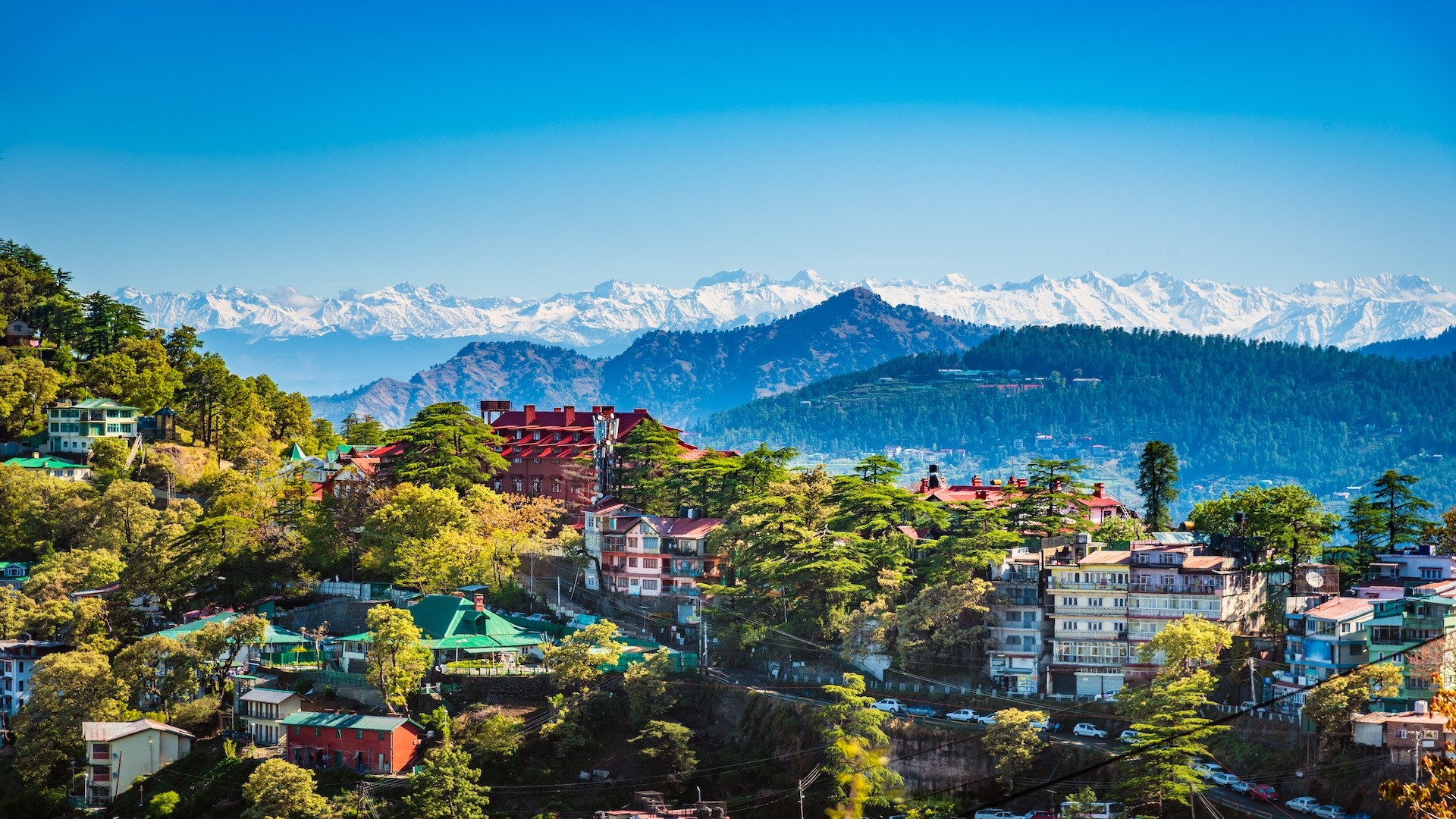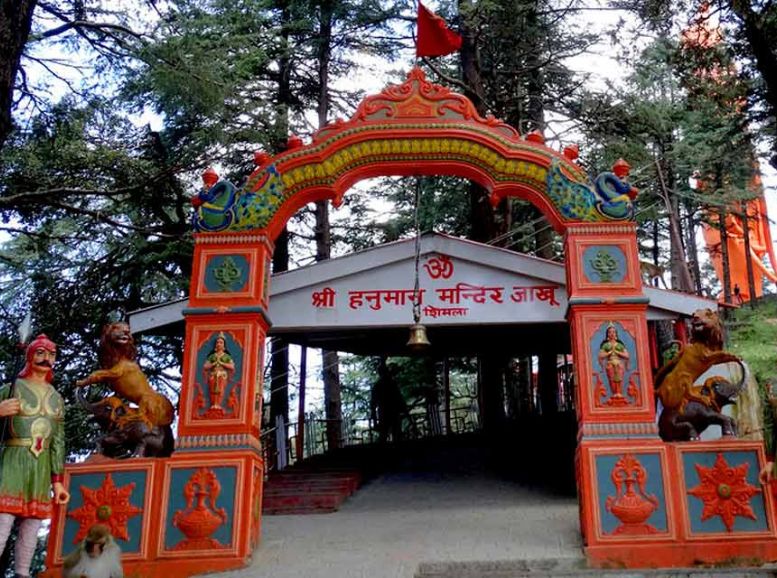Shimla Travel Guide, often called the “Queen of Hills,” takes you back to an era of colonial elegance. Nestled in the Himalayas, this charming town boasts a rich history and stunning architecture. You’ll feel transported as you stroll through streets lined with British-era buildings.
Every corner tells a story. From the grand Viceregal Lodge to quaint cottages, Shimla’s colonial past is palpable. The town’s crisp air and scenic beauty make it a haven for travelers. Yet, it’s the blend of heritage and natural beauty that stands out most.
Whether you’re fascinated by history or simply seeking a serene escape, Shimla offers something unique. The city not only preserves its colonial legacy but also seamlessly integrates it with modern amenities. Prepare to immerse yourself in a place where time seems to stand still, offering an unforgettable travel experience.
History and significance of Shimla’s colonial charm

When you visit Shimla, you’re stepping into a town steeped in history. Established as the summer capital of British India in the 19th century, Shimla has a unique charm. The British built it as a retreat from the scorching plains, creating a sanctuary filled with colonial architecture and lush landscapes.
This hill station played a significant role in administrative and political activities during British rule. Many important decisions were made here, impacting the Indian subcontinent. As you walk through its streets, you see remnants of this era in grand buildings, schools, and churches.
The town’s colonial past is not just about architecture; it’s an experience. You can almost hear echoes of the past as you explore. This history makes Shimla more than just a tourist spot—it’s a place that offers a fascinating glimpse into a bygone era. Understanding its colonial roots adds depth to your visit, making your travel more enriching and memorable.
Exploring Shimla’s Colonial Architecture

Exploring Shimla’s Colonial Architecture
When you wander through Shimla, you’ll notice the distinct colonial architecture. It is everywhere— in buildings, houses, and public spaces. The town is dotted with Victorian-era structures that reflect British design principles.
Start with the Town Hall, a prominent colonial building. Its majestic look offers a glimpse into British architectural styles. Move on to the Christ Church, one of the oldest churches in North India. Its stained-glass windows and serene ambience are captivating.
Don’t miss the Gaiety Theatre. This cultural hub retains its old-world charm and still hosts performances and events. The Shimla Railway Station is another must-see, showcasing the engineering marvels of the colonial era.
Walking these streets, you’ll feel like you’ve stepped back in time. Each structure has a story, adding a rich layer to your travel experience. Discovering these architectural gems makes your visit to Shimla truly unforgettable.
Must-visit colonial buildings and structures in Shimla

You must start your journey at the Town Hall. It’s a true gem with its grand architecture. Next, head to Christ Church. The stunning stained-glass windows are a sight to behold. Don’t skip the Gaiety Theatre. This place exudes old-world charm and still hosts events.
Victoria Bridge is another must-see. It’s more than just a bridge; it’s a piece of history. Visit the Indian Institute of Advanced Study, initially built as Viceregal Lodge. The building is a blend of Scottish and English styles. Finally, make your way to Shimla Railway Station. The unique design will transport you back in time.
Each building tells a story and adds to Shimla’s colonial charm. So, grab your camera and explore these architectural wonders. You won’t be disappointed!
Shimla’s Colonial Landmarks
When you explore Shimla, several landmarks stand out. The Viceregal Lodge is an excellent starting point. This grand structure once served as the summer retreat for British viceroys. Walking through its halls, you’ll feel the weight of history. Next, visit Scandal Point. This spot is not only scenic but also wrapped in romantic tales from the colonial era.
Annandale is another must-see. This flat terrain was once a bustling playground for British officers. Here, you can imagine polo matches and grand picnics. Walk to the Gorton Castle. Its architecture reflects the Gothic style, giving you a sense of the time.
Finally, stop by the State Museum. It houses artifacts that detail Shimla’s colonial past. Each landmark offers you a peek into a bygone era. So, put on your walking shoes and dive into this historical journey. You’ll find every step worth it.
Viceregal Lodge: A symbol of British power in Shimla
You can’t miss the Viceregal Lodge when in Shimla. This grand building stands as a reminder of British rule. Once the summer residence of British viceroys, it now serves as the Indian Institute of Advanced Study. Walk through its corridors and you’ll feel the historical significance.
The architecture is stunning. High ceilings and intricate woodwork give it a regal feel. Each room tells its own story. The lodge also houses a museum that showcases artifacts from the colonial era.
When you step outside, the lush gardens offer a peaceful retreat. They are meticulously maintained, perfect for a leisurely walk or a quiet sit-down. The panoramic views from the lodge are breathtaking, giving you a sense of why this spot was chosen.
Your visit here is not just a walk through a building; it’s a journey back in time. Every corner whispers tales of British power and grandeur. Make sure to capture some photos to remember this iconic place.
Experiencing Colonial Culture in Shimla
Step back in time and experience the colonial culture in Shimla. Start with a visit to traditional British tea rooms. These quaint spots offer a slice of old-world charm. Savor classic British teas and pastries. The ambiance takes you back to colonial days.
Next, stroll through the heritage markets. You’ll find shops selling antiques and memorabilia from the British era. These markets are perfect for picking up unique souvenirs.
If cuisine interests you, dine at colonial-era restaurants. Many of these establishments have retained their historical decor. Enjoy dishes that blend Indian and British culinary traditions.
For a more immersive experience, attend cultural events. Check out local theaters showcasing British plays. These performances give you a taste of past entertainment.
Lastly, don’t miss the guided walking tours. These tours cover significant colonial sites. Knowledgeable guides narrate fascinating stories, enriching your visit.
Immerse yourself fully, and the past will come alive.
Traditional British tea rooms and cafes in Shimla

Begin your journey into Shimla’s colonial charm at its traditional British tea rooms and cafes. Picture yourself sipping a perfectly brewed cup of tea, surrounded by antique furnishings and vintage decor. The atmosphere is nostalgic, taking you straight back to the British era.
These tea rooms offer an extensive menu of classic teas and mouth-watering pastries. Imagine savoring buttery scones with clotted cream, just like the British did. You’ll also find a selection of finger sandwiches and cakes to complete your afternoon tea experience.
Some of these spots are tucked away in heritage buildings, adding to their allure. The service here is impeccable, often reflecting old-world etiquette and charm. You may even catch a glimpse of staff in traditional English attire, enhancing the nostalgic experience.
So take a moment to unwind. Sip your tea slowly, and let yourself be transported back in time. This is more than just a tea break; it’s a taste of history.
Accommodation and Dining in Colonial Shimla
When it comes to accommodation, you’ll find a blend of heritage hotels and modern comforts. Many establishments are housed in colonial-era buildings. These places often retain their old-world charm, complete with vintage decor and period furniture.
Dining in Shimla offers a unique experience. Numerous restaurants feature menus inspired by British cuisine. You can indulge in classic dishes like roast dinners and shepherd’s pie. Many eateries serve afternoon tea complete with scones, jam, and clotted cream.
Several colonial-era hotels have fine dining options. They often boast elegant dining rooms and exceptional service. Don’t miss the chance to dine in a setting that evokes the grandeur of a bygone era.
For a more relaxed meal, visit one of the cozy cafes. These spots offer lighter options like sandwiches, salads, and pastries. Whether you’re staying at a heritage hotel or simply dining out, you’ll feel transported back to colonial times.
Conclusion

Visiting Shimla lets you step back in time. You get to experience the charm of colonial India. Walk through streets lined with historic buildings. Admire the architecture that tells a story of a bygone era.
Make sure to explore the Viceregal Lodge. It’s a prime example of British influence in the region. Enjoy traditional British fare in cozy cafes and fine dining restaurants. You’ll appreciate how these establishments have preserved their heritage.
Staying in a heritage hotel is a must. These accommodations offer both comfort and a taste of history. Sip afternoon tea while soaking in stunning hill views. Feel the colonial ambiance that pervades every corner.
Shimla effortlessly combines the old and the new. It offers a unique travel experience rich in history and culture. This blend makes it an unforgettable destination. Your trip will leave you with lasting memories of Shimla’s colonial charm.
